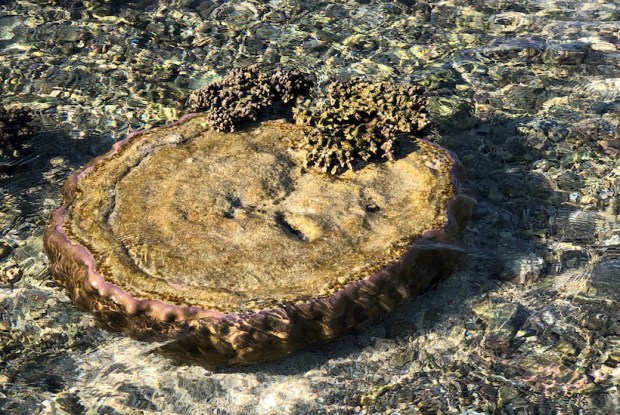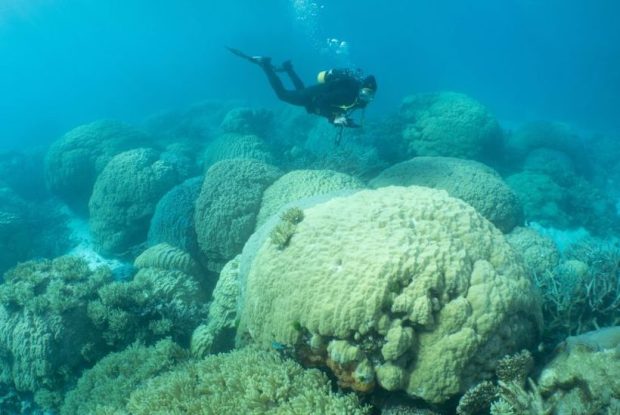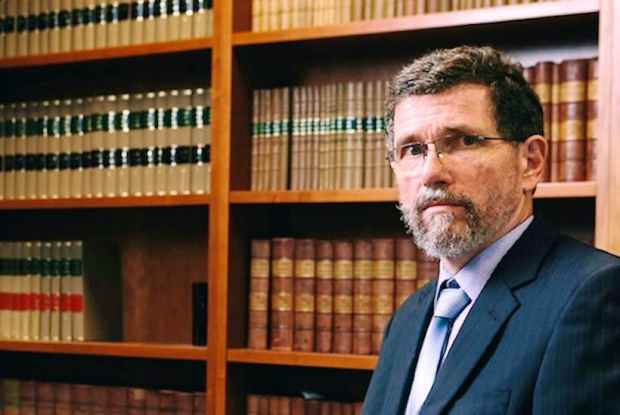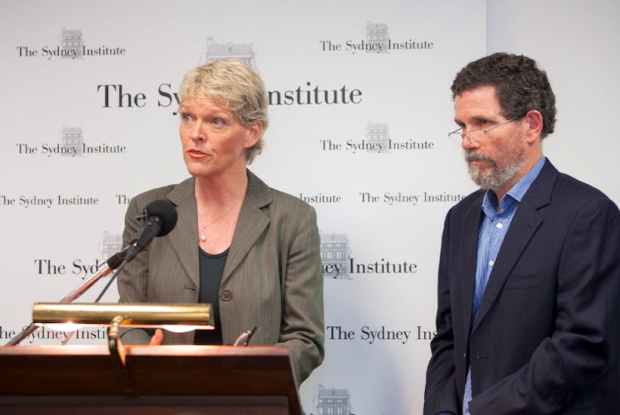For traditional Aboriginal Australians the concept of ‘Wilderness’ was not a cause for fond nostalgia, but was perceived as a land without custodians. Whether we want to call them farmers or hunter-gathers these are ‘whitefella’ words and they fail to capture the extent to which all country is central to everything Aboriginal.
The first chapter in Bruce Pascoe’s book Dark Emu begins with a comment that he is writing specifically to refute the notion that Aboriginal people were only hunter-gatherers. Nowhere does he state that Aborigines were an essentially sedentary agricultural civilisation. This is not a claim that Bruce Pascoe makes, yet this is the straw man preoccupying many recent articles decrying him.
Before Bruce Pascoe’s book Dark Emu, it was known that many Australian Aborigines from inland regions harvested grain and baked a form of bread. The arguing is now about whether they watered and weeded the crop and the extent to which they tilled the soil. It is acknowledged that in more coastal regions they inserted the heads of yams to be sure of a future crop, but does this constitute farming? Some insist that farming is a lifestyle that is, by necessity, sedentary.
One morning, years ago, when I had a management job with the Queensland sugar industry, I received a phone call from a fellow in the Department of Environment. He wanted to run an idea past me. He started explaining how they had a problem with wastewater at the abattoirs in Innisfail and there was funding available if the local sugarcane growers would consider taking this water to irrigate their crops. He enthusiastically suggested that it was potentially a win-win with the abattoir finding a use for this waste product and the farmers a subsidised source of water to irrigate their crops.
Before I had a chance to respond he was quoting irrigation costs for the total Queensland industry, and what a 25 per cent reduction could mean locally. When I finally got a word in, I said, ‘but Innisfail is not an irrigation district. The problem for the farmers in Innisfail is how to get water off the paddock, not onto it.’ Innisfail has an average annual rainfall of more than three metres each year – it is a wet place, even though Australia is generally considered a dry continent.
People tend to generalise and extrapolate from the little they know and understand.
This bureaucrat thought that all sugarcane farmers irrigated their crops. I explained that this only happened in the irrigation districts; that life was easier for farmers in places like Innisfail – they had a lot more time for fishing. In fact, sugarcane farmers harvest just once a year, they only plant the crop once every four to six years with the ratoons growing back after each harvest, and efficient farmers hardly need to weed if they have a good mulch layer. And outside of irrigation regions they don’t even water their crop.
More usually we think of farmers as hard-working, and the transition from hunting to farming as progress allowing escape from a precarious existence to a dutiful and sedentary one. But it could be that those Australian Aborigines who planted and harvested where absent in between – off sightseeing for extended periods, perhaps even fishing and hunting and burning.
I have no problems with the idea of a nomadic people who return just occasionally to harvest. The areas of inland Australia designed ‘Aboriginal Grain Belt’, first by Norman Tindale, and since published by the Rural Industries Research and Development Corporation, are so vast it is hard to conceive of the idea of scarcity.
The arguing about Dark Emu is very political, and very personal. In January 2020, then Home Affairs Minister Peter Dutton attempted to have Bruce Pascoe investigated for falsely claiming Aboriginal heritage. I have no opinion on Pascoe’s lineage, but I do know that through his knowledge of Aboriginal history particularly their five principles for fire management, and his capacity to articulate this, he has practical solutions to modern Australia’s recurrent bushfire tragedies.
He builds on this advice in a new book with historian Bill Gammage, entitled Country – Future Fire, Future Farming. It continually harks back to January 2020 – when the Australian federal police rejected the Minister’s request to investigate. There is no mention of that incident, but rather the real and tragic bushfires that he was fighting at the time and how they could have been prevented through better land care as once practiced so successfully by Australian Aborigines.
I wrote a chapter reviewing the incident of wildfires in Australia since 1851 for the book Climate Change: The Facts 2020. I began with East Gippsland as a case study and interviewed local firefighter John Mulligan. Gammage and Pascoe also include East Gippsland and John Mulligan’s history in their new book. It is a compelling story that includes evidence of how the forests of this region were ‘park-like’ and ‘clean-bottomed’ at the time of European settlement because of the Aboriginal fire regime that was continued by the European settlers until the 1950s. That was when the Forestry Commission of Victoria put a stop to it.
I’ve read articles claiming that if Aboriginal Australians were truly farmers, they would have domesticated the bush turkey, as an example. But this assumes a desire for ownership – distinguishing between wild and domesticated. For Aborigines, the goal was to actively manage the entire landscape including all its plants and animals. Before European settlement East Gippsland was a mosaic of habitat types and that mosaic was made with fire used as a tool by a people who can now only see neglect.
Aborigines lived for thousands of years in and out of the forests of East Gippsland without fire trucks, water bombers, Landcare groups, hundreds of firefighters, or the Salvation army to give them breakfast. It was a very different type of existence. They may not have been farmers in the traditional sense, but they actively cared for everything in their own way, and they also ate from it.

























